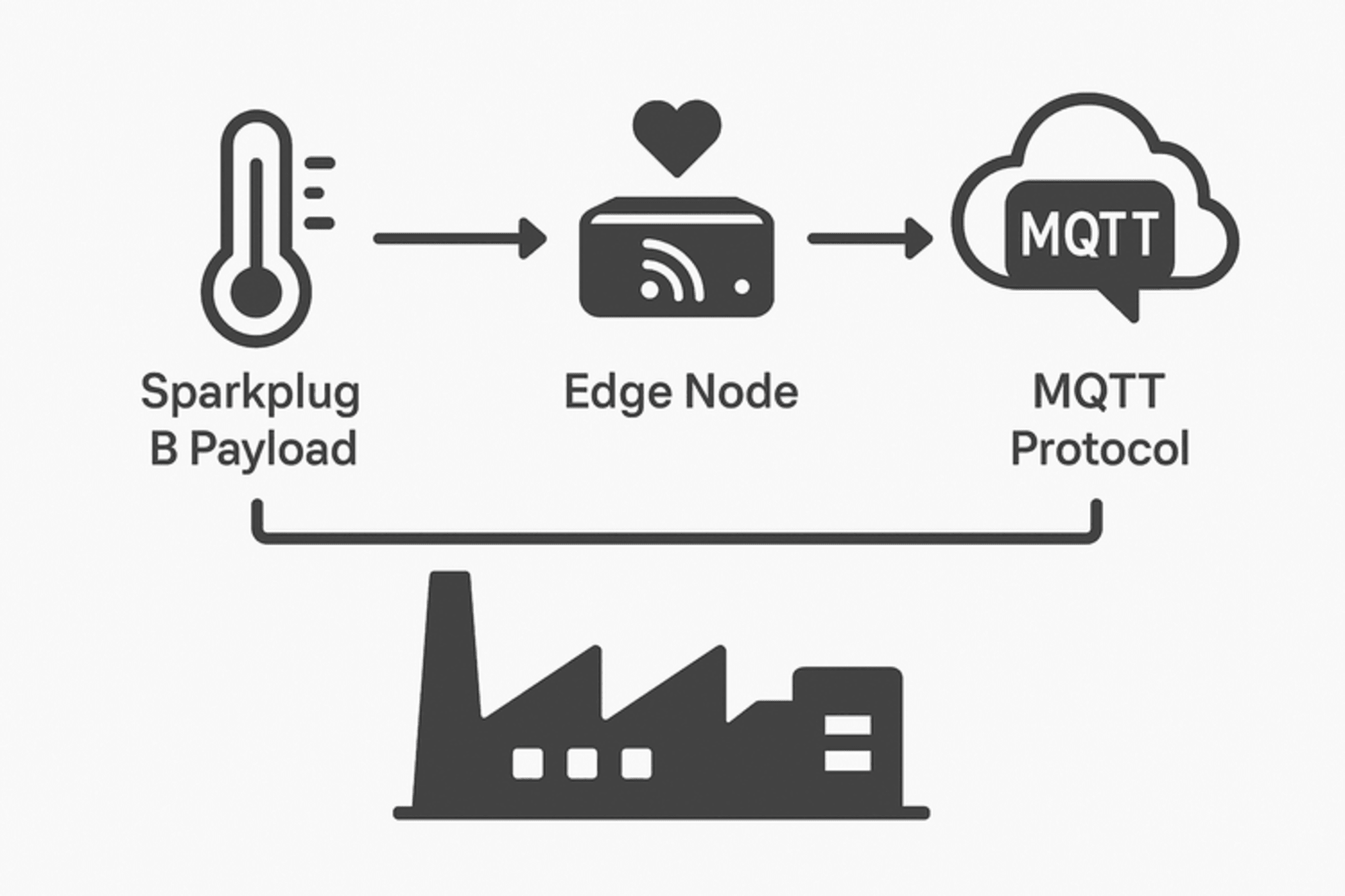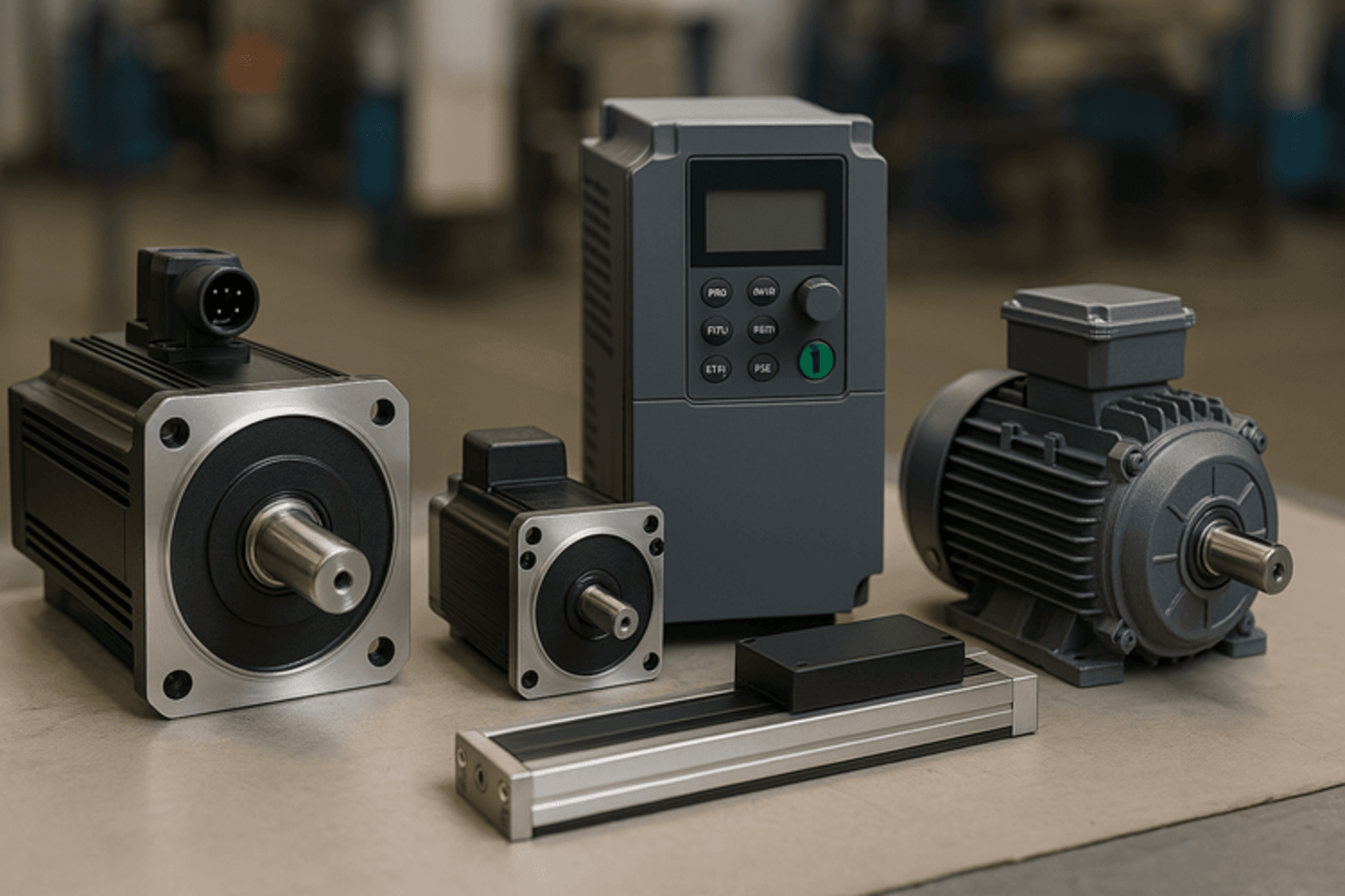OMAC PACK ML
5 min | By Nelson Atipo
SUMMARY
OMAC and PackML: Standardizing Industrial Automation for a Smarter Future 🚀
In today’s rapidly evolving industrial landscape, interoperability, efficiency, and consistent performance are more than buzzwords—they’re mission-critical requirements. Enter OMAC and PackML, two cornerstone initiatives that are revolutionizing how packaging machines and other discrete systems communicate and operate. In this post, we’ll dive deep into what OMAC and PackML are, why they matter, and how they are transforming modern automation systems.
Introduction
Imagine an automated production line where every machine—from fillers and labelers to cappers and case packers—communicates seamlessly, shares common data points, and operates with a standardized set of commands. Thanks to OMAC and the PackML standard, this ideal is increasingly within reach. Whether you’re an OEM, a system integrator, or an end user looking to boost overall equipment effectiveness (OEE), understanding these standards is key. 🤖
What is OMAC?
OMAC (Organization for Machine Automation and Control) is a global organization dedicated to enhancing machine automation and control in manufacturing. Originally formed in the 1980s as Open Modular Architecture Controls by General Motors, OMAC has grown into a community of industry experts, OEMs, and system integrators who collaborate to create open, standardized approaches for machine control and integration.
OMAC’s work helps manufacturers achieve a common language across different systems—reducing complexity and paving the way for smarter, more connected factories. 🔧
“OMAC supports the machine automation and operational needs of manufacturing by unifying approaches and reducing complexity.”
Introduction to PackML
PackML—short for Packaging Machine Language—is a standard developed by OMAC in collaboration with the International Society of Automation (ISA). Originally designed to address the challenges of the packaging industry, PackML has expanded its reach to any discrete process where machine-to-machine communication is critical.
At its core, PackML provides:
A standardized state model: Clearly defined machine states such as Idle, Starting, Execute, Stopping, and Aborted help create a predictable operational flow.
Uniform terminology and data structures: Through standardized data points called PackTags, machines can share information reliably.
Seamless interoperability: With common definitions across equipment, PackML ensures that different machines “speak the same language.” 💡
“PackML brings a common ‘look and feel’ to packaging machines, ensuring that operators and engineers can understand and control equipment consistently.”
Key Concepts: States, Modes, and PackTags
The PackML State Model
One of PackML’s most significant contributions is its state model. This model defines a series of states that describe a machine’s operational flow:
Wait States: Such as Stopped and Idle, where the machine is ready for action but not actively processing material.
Acting States: Including Starting, Execute, and Stopping, which represent the machine actively performing functions.
This clear delineation streamlines troubleshooting and ensures smooth integration between machines.
Modes and Flexibility
PackML introduces modes that dictate how a machine operates. For example, a machine can be set to Production, Maintenance, or Manual mode. Each mode encompasses a specific subset of states, allowing for customization based on the machine’s role on the production floor. 🎛️
PackTags: The Digital DNA of Machines
PackTags are standardized data points that capture key performance and status information:
Command Tags: Used to send control instructions.
Status Tags: Report current operating conditions.
Administration Tags: Track historical data such as stoppage times and production counts.
These tags enable smooth machine-to-machine communication and support integration with higher-level systems like MES, SCADA, and IIoT platforms.
“PackTags provide the raw data necessary for monitoring KPIs and ensuring effective machine performance across a production line.”
Why It Matters: The Relevance of OMAC and PackML
Enhanced Interoperability
The traditional challenge in industrial automation is the myriad of proprietary systems that hinder integration. PackML’s standardized state model and PackTags break down these barriers, enabling machines from different vendors to work together seamlessly. This interoperability reduces commissioning time and integration costs. 🔄
Improved Efficiency and Reduced Downtime
Standardization leads to better diagnostics and quicker troubleshooting. Operators who understand the PackML state model can rapidly interpret machine statuses and respond to issues, reducing downtime and boosting overall equipment effectiveness. ⏱️
Scalability and Flexibility
With PackML, manufacturers can scale their production lines effectively. Whether you’re upgrading a single machine or integrating an entire production line, the common language provided by PackML makes system changes manageable and agile.
A Gateway to Digital Transformation
As the industry embraces digitization and IIoT solutions, standardized data from PackML becomes a vital asset. It enables the aggregation and analysis of data across multiple machines, paving the way for advanced analytics, predictive maintenance, and smarter manufacturing processes. 📊
“In an era of digital transformation, the structured data provided by PackML is essential for achieving true operational excellence.”
How PackML is Used in Modern Production Lines
Integration with OPC UA
Many modern implementations of PackML leverage OPC UA as the communication protocol. This integration ensures secure, efficient, and real-time data exchange between machines and enterprise systems, which is especially valuable in complex production environments.
Applications Beyond Packaging
While PackML originated in the packaging industry, its principles are applicable to any discrete process. Industries from machine tools and robotics to assembly lines have adopted PackML to standardize operations, simplify training, and improve flexibility. 🤝
Real-World Case Studies
OEMs such as Siemens, Rockwell Automation, and Beckhoff have successfully implemented PackML-based solutions. These case studies demonstrate reduced engineering time, simplified troubleshooting, and enhanced consistency across multiple production sites.
“PackML has enabled OEMs to reduce development time and create machine solutions that are truly plug-and-play.”
Benefits for OEMs and End Users
Reduced Engineering Efforts: Reusable code and standardized templates mean engineers spend less time on repetitive tasks and more on innovation.
Easier Training and Maintenance: A common interface ensures that operators can quickly learn to work with different machines without extensive retraining.
Improved Data Quality: Consistent PackTag data enhances diagnostics and supports better decision-making.
Protection of Intellectual Property: OEMs can encapsulate proprietary logic within standardized PackML modules, reducing the need to expose detailed machine control code.
Conclusion
OMAC and PackML are more than just technical standards—they are catalysts for a smarter, more integrated industrial future. By providing a common language for machine control and data exchange, they not only streamline production processes but also lay the groundwork for digital transformation in manufacturing. Whether you’re an OEM striving for faster time-to-market or an end user looking to maximize operational efficiency, embracing these standards is a strategic imperative. 💡
Embracing OMAC and PackML today means you’re not just keeping pace with industry trends; you’re setting the stage for tomorrow’s innovations.
For further reading, check out detailed guides and case studies from industry leaders such as OMAC and insights on PackML implementations.



